IMPACT | SLOW FOR BIODIVERSITY
Nature at the heart of climate solutions
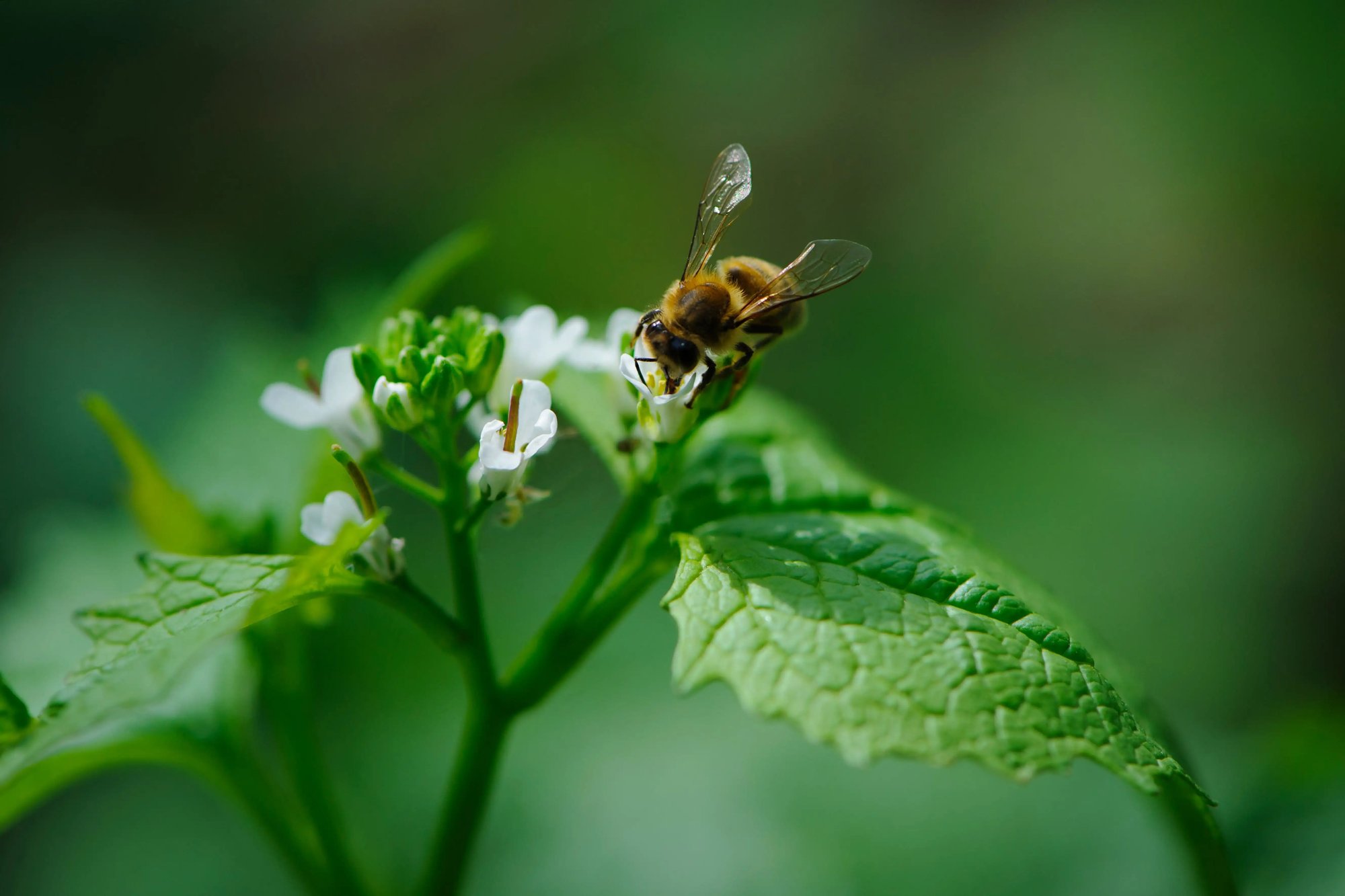
Our shade coffee farming blends with biodiversity protection. By day, birds help control the insect population. At night, bats take over as important predators of arthropods in this ecosystem.
Slow Forest is at the forefront of sustainable agroforestry, demonstrating its transformative potential for biodiversity.
Our cultivation practices, which are based on a deep understanding of the delicate balance between coffee production and environmental stewardship, benefit biodiversity in many ways.
Enriched soil. Planting coffee among a variety of native trees and plants prevents soil erosion and enriches it with vital nutrients, creating a thriving underground ecosystem.
Flourishing insect populations. The diverse plant life attracts a variety of pollinators, which helps to increase crop yields and protect fragile insect populations.
Abundant wildlife. The biodiversity canopy of trees provides shelter, food and breeding grounds for countless species, creating a flourishing ecosystem that cascades throughout the food chain.
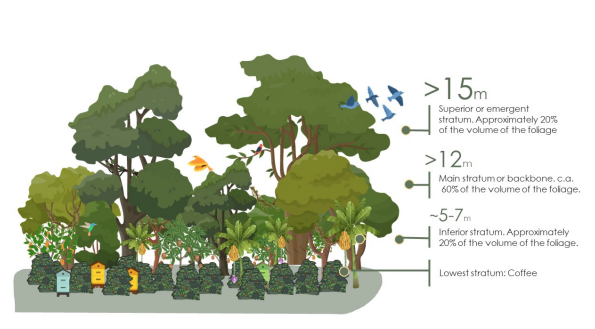
Sustainable strategies to protect biodiversity
Slow Forest is guided by three priorities that drive our continuous efforts to rejuvenate nature and promote the responsible growth of our coffee.
Tree Species Diversity
In Slow Forest Agroforestry in Bolaven Plateau, Laos, we are currently aiming to achieve a minimum of 20 tree species per hectare. Around 95% of these species are indigenous to Laos, unique to the Bolaven Plateau, and well-suited for coffee cultivation. Among the 20 tree species, seven are fruit trees, providing the potential for higher profitability and attracting essential pollinators.
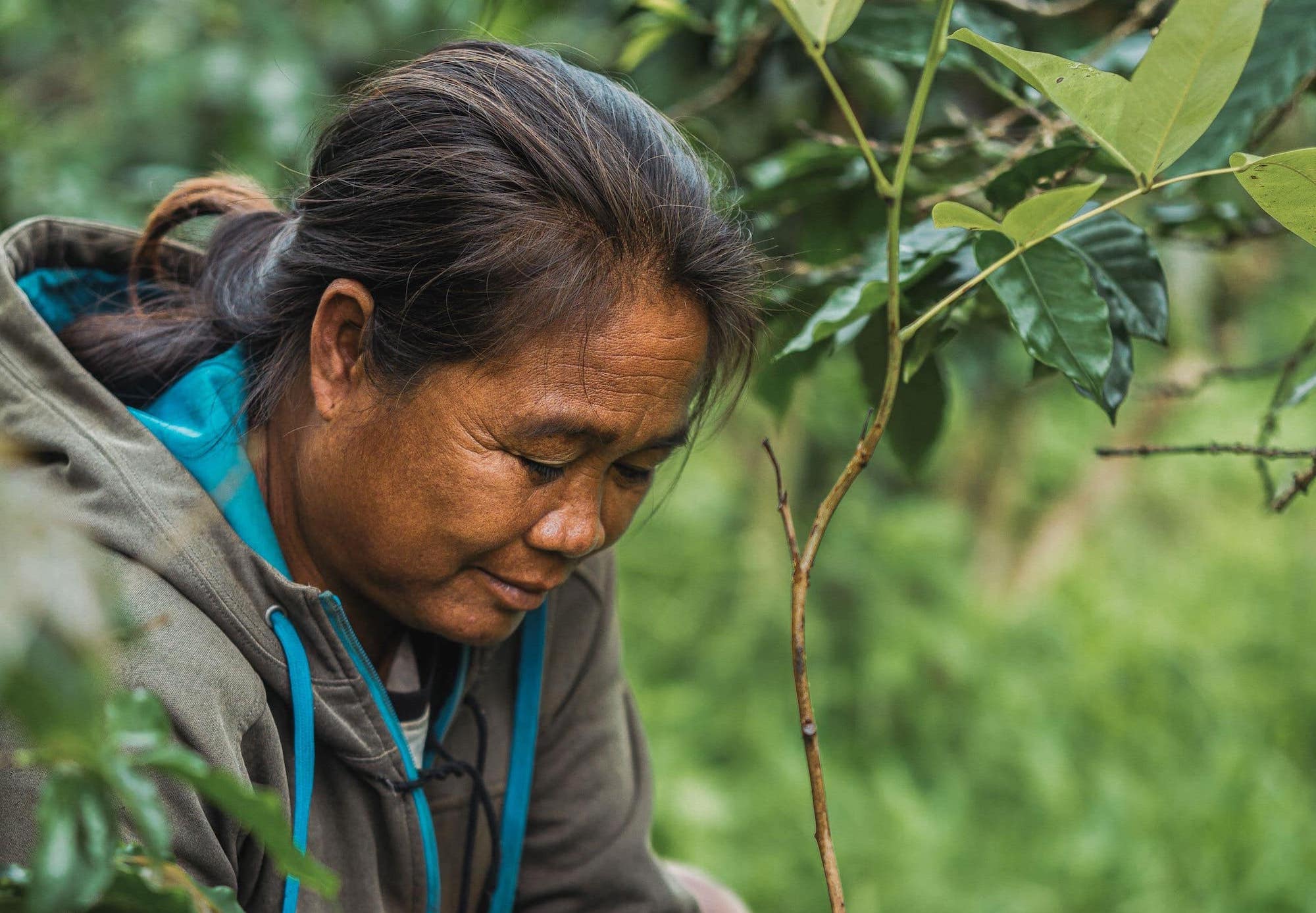
Canopy Cover
In our current efforts, we aim to achieve 40-50% canopy cover after completing annual pruning. Most of the shade trees in our agroforestry system should reach a minimum canopy height of 12 meters, with some trees even surpassing 15 meters in height. By ensuring an even distribution of trees across the area, we strive to mimic the characteristics of a natural forest.
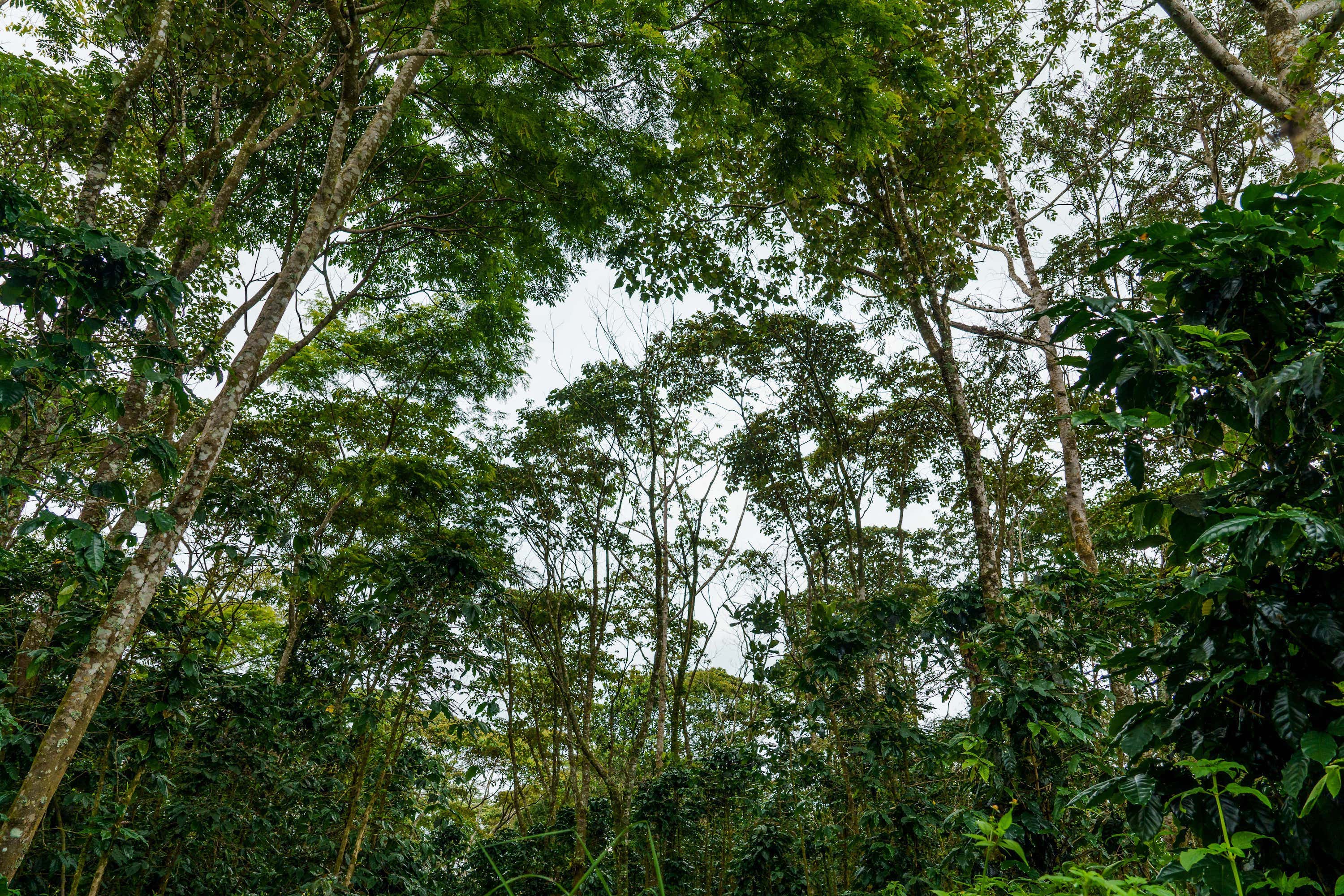
Bringing Back The Pollinators
We recognize the critical role of pollinators in Slow Forest Agroforestry. By planting a diverse range of trees with varying flowering times, we provide ample food and habitat for bees. This benefits fruit trees and other crops, positively impacting coffee yields. Bee-keeping also adds another stream of income to farmers and supplies delicious honey.
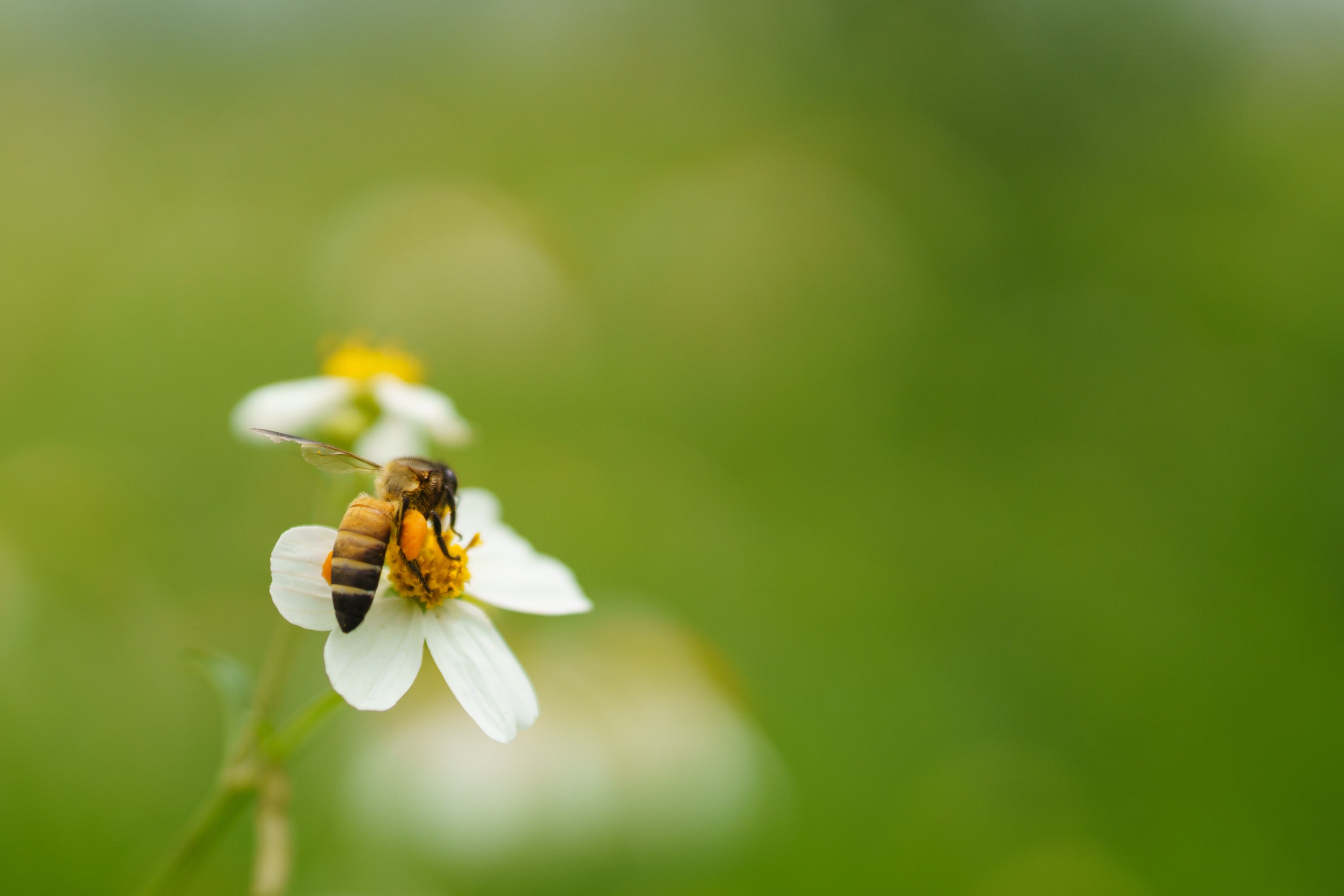
Your coffee break, their rainforest.
Slow tastings now available in Denmark, Finland and Germany. Expanding to new regions soon.
Slow is a green-growth company, we cultivate coffee in agroforestry system under forest canopy to prevent deforestation. Agroforestry preserves soils, enhances coffee quality, fosters biodiversity, and reduces the need for pesticides.
Average trees per hectare
Trees per ha: 0
Canopy Cover: 0%
A robust canopy with higher tree density in agroforestry plays a pivotal role in improving soil health, optimizing carbon sequestration, and fostering a resilient and sustainable farming system. By reuniting coffee cultivation with trees, we unlock the potential for improved yields and boost food security, ensuring a landscape that does not become exhausted through overuse.
Average trees per hectare
Trees per ha: 376
Canopy Cover: 32%
A robust canopy with higher tree density in agroforestry plays a pivotal role in improving soil health, optimizing carbon sequestration, and fostering a resilient and sustainable farming system. By reuniting coffee cultivation with trees, we unlock the potential for improved yields and boost food security, ensuring a landscape that does not become exhausted through overuse.
Bird Species
Trees per ha: 18
Shade-grown coffee, cultivated under the canopy of trees, creates a vibrant ecosystem, welcoming migratory birds and native flora and fauna. The Smithsonian Migratory Bird Center has discovered at least 180 species of birds in Mexican coffee agroforests, which is up to ten times more than the bird diversity found in monoculture coffee plantations studied elsewhere (Source: Greenberg, R. , P. Bichier, and J. Sterling, 1997).
Bird Species
Trees per ha: 180
Shade-grown coffee, cultivated under the canopy of trees, creates a vibrant ecosystem, welcoming migratory birds and native flora and fauna. The Smithsonian Migratory Bird Center has discovered at least 180 species of birds in Mexican coffee agroforests, which is up to ten times more than the bird diversity found in monoculture coffee plantations studied elsewhere (Source: Greenberg, R. , P. Bichier, and J. Sterling, 1997).
Inorganic agricultural chemicals per hectare
Did you know that agroforestry holds the key to reducing costs for pesticides while maximizing farmer income? Research by Capa, Perez-Esteban et al. in 2015 and Clay in 2013 reveals some eye-opening figures. In the world of coffee monoculture, the upper limit for fertilizer application reaches a staggering 696 kg per hectare. That is a lot of fertilizer! And when it comes to pesticides, the recommended application rate is a mere 10 kg per hectare. By switching to agroforestry, farmers can find a sustainable balance that minimizes the need for excessive sprays, insecticides, and fertilizers, benefiting both their wallets and the environment
Average trees per hectare
Trees per ha: 376
Canopy Cover: 32%
A robust canopy with higher tree density in agroforestry plays a pivotal role in improving soil health, optimizing carbon sequestration, and fostering a resilient and sustainable farming system. By reuniting coffee cultivation with trees, we unlock the potential for improved yields and boost food security, ensuring a landscape that does not become exhausted through overuse.
Insights into farms working with Slow
Slow Agroforestry Statistics
Multi-strata agroforestry is the practice of incorporating trees alongside coffee agriculture that mimic the structure of natural forest.
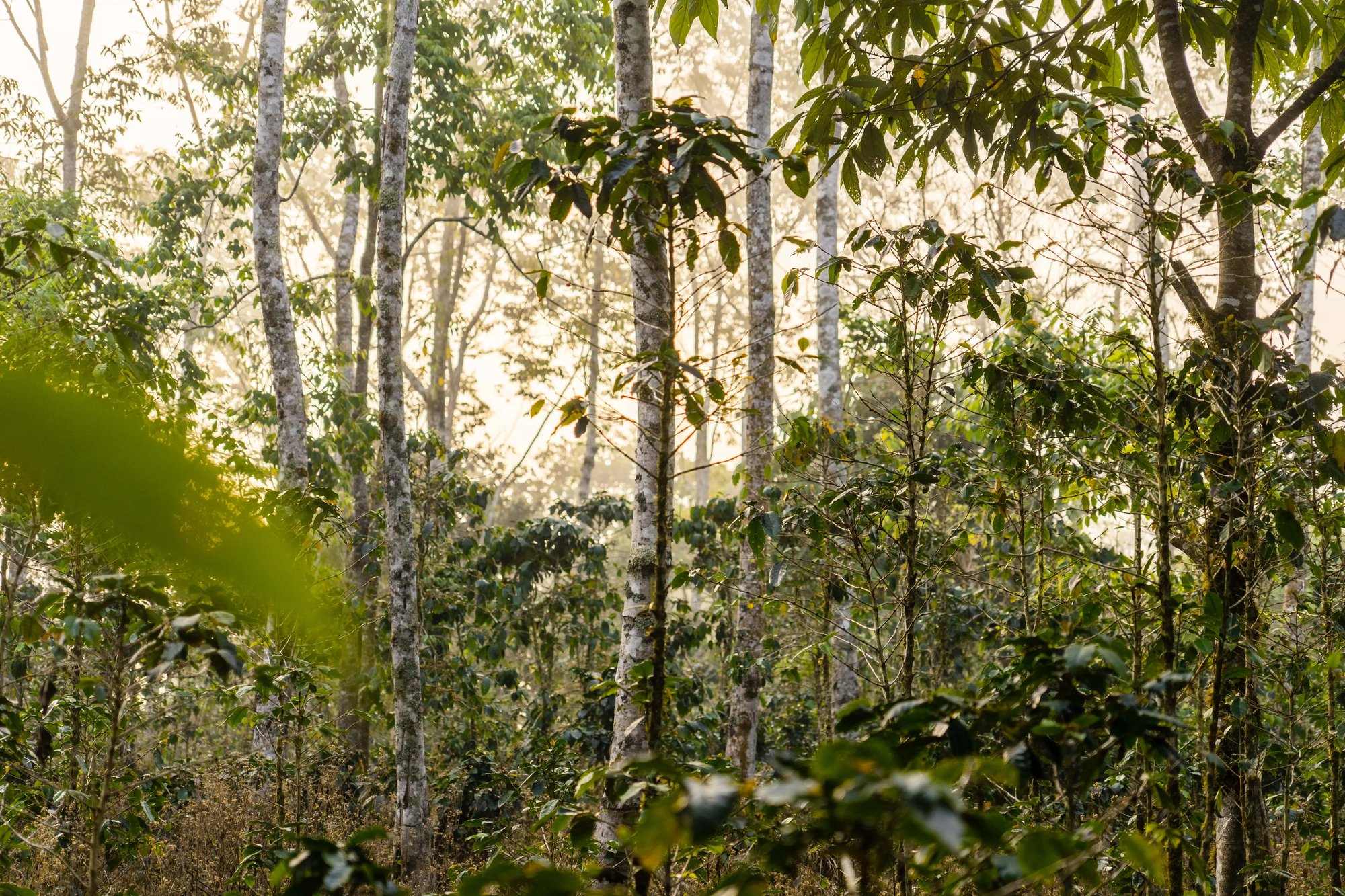
Increase in Canopy Cover
Our goal is to improve canopy cover to 40%-50% by planting approximately 430 trees per hectare.

Increase Biodiversity
Monoculture leads to decline in bird diversity, but Slow Agroforestry can bring it back and increase by 10x.

Chemical-free
Our coffee agroforestry is chemical-free, while coffee monoculture uses 706 kg of chemical fertilizer and pesticides per hectare per year.

Improve Soil Health
We're experimenting with biochar to gain insights into soil properties over time for a long-term monitoring from year 4 to year 25, with a baseline at year 0.
Frequently Asked Questions
-
How can I learn more about Slow Forest and its sustainable practices?
Schlitz bicycle rights polaroid lo-fi hell of chambray portland everyday carry pabst. Next level schlitz retro messenger bag synth, organic put a bird on it.
-
Are there any case studies of businesses that have transitioned to Slow Coffee?
Schlitz bicycle rights polaroid lo-fi hell of chambray portland everyday carry pabst. Next level schlitz retro messenger bag synth, organic put a bird on it.
-
How can businesses verify the impact and traceability of Slow Coffee?
Schlitz bicycle rights polaroid lo-fi hell of chambray portland everyday carry pabst. Next level schlitz retro messenger bag synth, organic put a bird on it.
-
Does Slow Forest offer certification or labels to identify their sustainable coffee products?
Lorem ipsum dolor amet aesthetic photo booth activated charcoal occupy iPhone schlitz squid. Everyday carry 3 wolf moon raw denim semiotics pok pok tattooed readymade bushwick. Humblebrag skateboard green juice mixtape polaroid ethical, messenger bag pitchfork sriracha hammock. Fam twee 3 wolf moon, authentic woke stumptown bespoke.
-
What resources are available to help my business educate customers about the impact of Slow Coffee?
Lorem ipsum dolor amet aesthetic photo booth activated charcoal occupy iPhone schlitz squid. Everyday carry 3 wolf moon raw denim semiotics pok pok tattooed readymade bushwick. Humblebrag skateboard green juice mixtape polaroid ethical, messenger bag pitchfork sriracha hammock. Fam twee 3 wolf moon, authentic woke stumptown bespoke.






